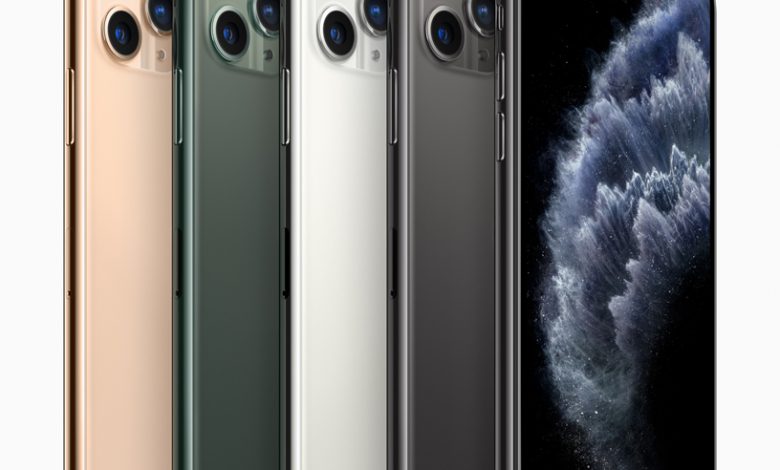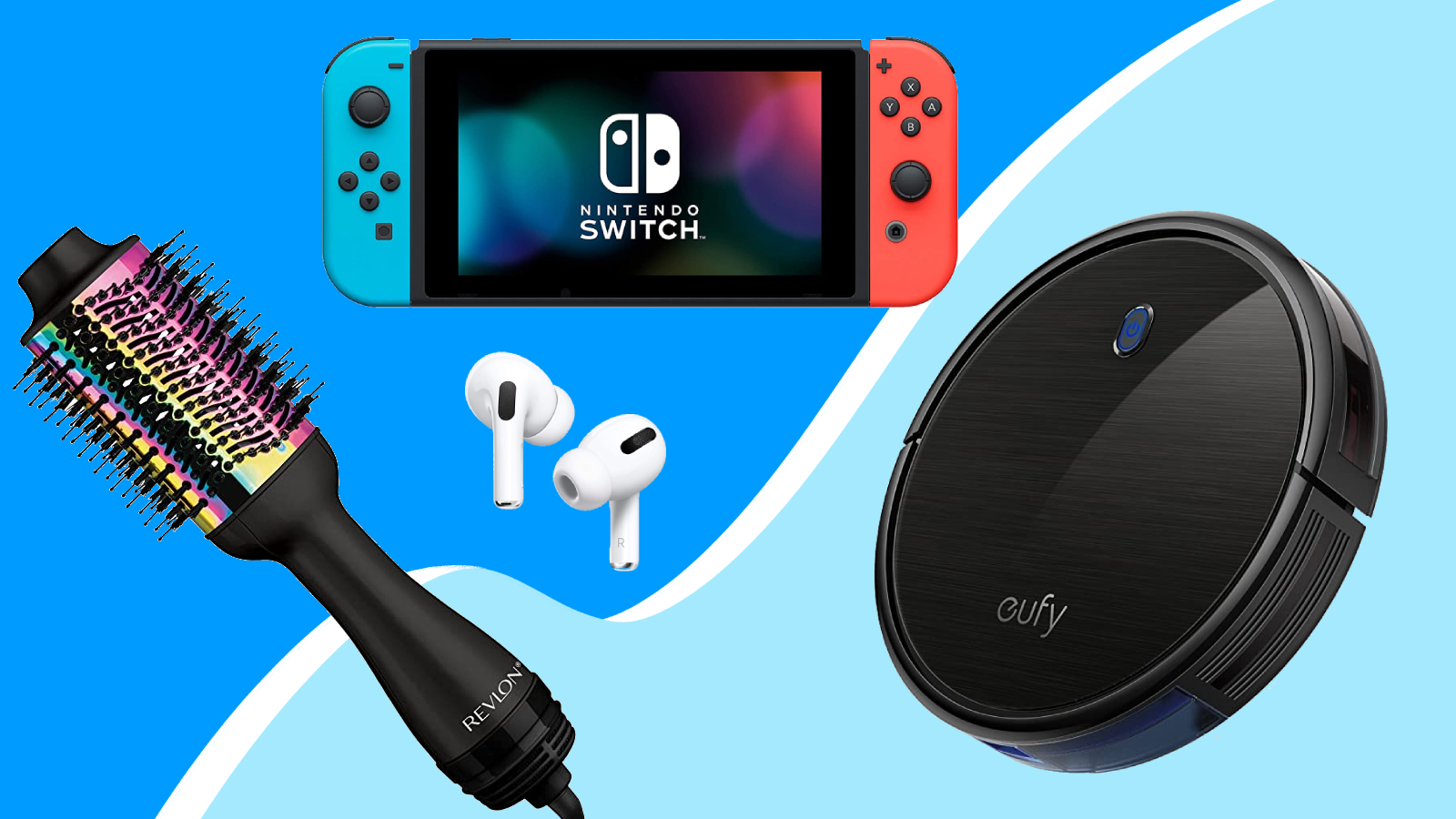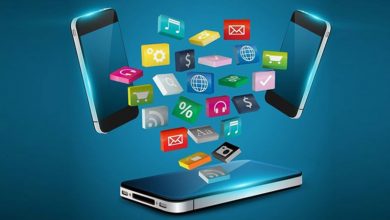What is an iPhone?
The iPhone is a phone manufactured by Apple that blends an iPod, a computer digital camera, and a mobile phone that has a touchscreen interface.

The first-generation iPhone was equipped with a range of Apple software, which included iTunes The Safari internet browser, and iPhoto. Internet Message Access Protocol and Post Office Protocol 3 email services were built-in to the phone.
Apple launched its iPhone with an exclusive partnership of two years that was signed with AT&T Wireless, but it took just 3 months for to hackers unlock the device to use with all Global System for Mobile communications networks.
IPhone models
IPhone 3G, 3GS. Apple launched the second generation of its iPhone as well as the iPhone OS (OS) 2.0 in June 9th in 2008. The new iPhone was dubbed”the iPhone 3G, a nod to its ability for connecting to the third generation (3G) mobile networks that are powered by technologies like Universal Mobile Telecommunications System and high-speed downstream packet access (HSDPA). It was the iPhone 3G was available in 8GB and 16GB models.
This iPhone OS 2.0 update came with a variety of functions specifically designed for business use and business users, including the ability to support Microsoft Exchange email. The improved security features for mobile devices included security-grade access to network networks via Cisco’s IPSec virtual private network as well as remote wipe as well as other management tools.
Apple also launched 2008 the Software Development Kit (SDK) for applications that can be customized and a configuration tool to manage the application centrally and, perhaps most important its App Store, an online store through which iPhone users could buy and download additional apps for their smartphones.
iPhone 3G iPhone 3G exchanged the flat aluminum case of the original iPhone for sleek convex black or white plastic case. The move to plastic allowed greater transmission of the various radio receivers in the phone.
iPhone 3G iPhone 3G also featured assisted GPS with triangulation with cellular towers and an GPS receiver. It was not compatible with Flash, Java or Multimedia Messaging Service (MMS). The built-in Bluetooth allowed wireless earpieces but did not support headphones, stereo sound or laptop tethering, or the File Transfer Protocol.
A little less than a year after the release of the iPhone 3G, on June 8th, 2009 Apple launched iPhone 3GS. iPhone 3GS and iPhone OS 3.0. Available in 16GB and 32 GB versions The iPhone 3GS featured several hardware enhancements, including video cameras, a integrated compass, and higher download speeds due to 7.2 megabits of data per second (Mbps) HSDPA support.
The latest Version of OS came with support for MMS with copy-and-paste functions, as well as an Find My iPhone app. It also offered an upgraded SDK which allowed developers to develop in-app purchasing options, push notifications and navigation features in apps from third-party developers.
IPhone 4 and 4S. Apple launched its iPhone 4 on June 7 in 2010. This model Apple has also changed its name for the operating system to iPhone OS to iOS. The name change was implemented following the release on April 3 2010 release of the iPad running the same OS.
The new hardware features included in the iPhone 4 included Apple’s Retina Display with more pixels than the previous iPhone screens as well as an front-facing camera. It was the first time that Apple created versions that had codes division and multiple-access that allowed the phone access to a greater number of cellular carrier’s networks.
IOS 4 introduced FaceTime, an application that allows video calls between Apple devices using Wi-Fi. It also added limited multitasking features to the iPhone that let users make calls or play music from one application, and have an additional app open within the display.
On October. 4 in 2011, Apple unveiled its iPhone 4S, which featured the launch of Siri the voice-powered digital assistant application. The iPhone was powered by Apple’s latest A5 processors and came along with iOS 5, which featured the introduction of Apple’s cloud-based services, ICloud, as well as its own multimedia and text-based communication technology called iMessage.
IPhone 5, 5c and 5s. 5. The iPhone 5, which was launched on September. 12 2012, had the largest screen of the previous models with a diagonal of 4 inches with the widescreen aspect ratio of 16:9 and resolution of 1136 x 640-pixels. It was powered by Apple’s A6 processor. It also came with the specially-designed Nano-SIM device and a brand new connector that wasn’t compatible with the plugs and accessories of iPad, iPod or previous iPhones. iPad, iPod or previous iPhones.
iPhone 5 was the first model to support iPhone 5 was the initial iPhone that was able to use the Long-Term Evolution ( LTE) networks as well as 5 gigahertz 802.11ac Wi-Fi band. There were 16GB 32 GB, 64 GB and 16 GB capacity models. iPhone 5 came with iPhone 5 shipped with iOS 6 with new features that included the native Maps application as well as Passbook which can store digital credit cards along with boarding passes and other.
The iPhone 5s that was launched on September. 20th 2013 came running iOS 7 and was powered by a dual-core 64-bit A7 processor. Apple also added a brand new chip, the M7 coprocessor. It processed information from motion sensors on the device’s gyroscope accelerometer, and compass.
It was the same as an iPhone 5 and 5s had the same aluminum framewith edges chamfered, weight, and dimensions, each weighing 3.9 grams and measuring 4.9 inches by 2.3 inches x 0.3 inches. The iPhone 5s featured an upgraded camera lens that had F2.2 aperture. Additional camera features that were new included slow-motion videos and live zoom capabilities.
The biggest feature change on the new iPhone is Touch ID, which turned the home button on the phone into the fingerprint scanner. fingerprint scanner that authenticates access to the device as well as iTunes.
Its iPhone 5, launched that same date as the iPhone 5s was available with five different colors: white blue, pink, yellow and green. It was about the identical size to the iPhone 5s with 4.9 5 x 2.3 and 0.3 inches. It was weighed around 4.6 pounds. The iPhone 5c was not able to have the A7 processor like the iPhone 5s did however, it did have the A6 processor that was used in iPhone 5. iPhone 5. It also didn’t share the frame of the iPhone 5s made of aluminum Instead, the iPhone 5c was built of polycarbonate that was hard-coated and had steel-reinforced inside.
IPhone 6 and 6 Plus; 6s and 6s Plus. Apple launched its iPhone 6 and 6 Plus on September. 9th the 9th of September, 2014. This was the first time an iPhone model was offered in two sizes. iPhone 6 had a iPhone 6 featured a 4.7-inch display with a 1334x 725 resolution, while the iPhone 6 Plus had a 5.5-inch display with a 1920×1080 resolution. Both phones were powered by Apple’s A8 processor as well as the M8 motion processor, and these were among the first phones to include Apple Pay, Apple’s mobile payment service.
The iPhone 6 and 6 Plus were shipped equipped with iOS 8, which featured new user interfaces and the brand new iCloud Drive, Apple’s file sync service.
On September. 25 in the 25th of September, Apple launched on September 25, 2015, the iPhone 6s and 6s Plus with iOS 9. The new models ran Apple’s A9 chip, as well as M9 coprocessor. They also had 3D Touch that enabled users to perform various functions by tapping on the screen with different degrees of pressure.
iPhone SE first generation. Apple launched March 21 in 2016, it was the iPhone SE, a smaller version of the iPhone 6s. The initial iPhone SE featured a 4-inch display, but it was powered by the identical A9 and M9 chips that are used in those in the iPhone 6s as well as the 6s Plus. There were 16GB and 64 GB versions and were available in four colors that included silver, space gray, and rose gold.
iPhone 7 and 7 Plus. It’s iPhone 7 and 7 Plus that was unveiled on Sept. 7 in 2016, featured Apple’s first waterproof and dust-proof casing. The phones, which were available with 32GB and 128GB and 256 GB variants included two 12-megapixel cameras, as well as Apple’s latest 4-core A10 Fusion processor.
In a major redesign, Apple eliminated the headphone connector on the iPhone 7 and 7 Plus and forced users to use wireless headphones or use an adapter to an iPhone’s Lightning port. In addition, the iPhone 7 and 7 Plus were shipped loaded with iOS 10, whose new features include Siri connectivity with third-party apps as well as expanded 3D Touch capabilities.
iPhone 8 and 8 Plus. Apple released both the iPhone 8 and 8 Plus with the latest aluminum and glass design, as well as a six-core Bionic processor as well as wireless charging capability. The phones were released in September. 22nd 2017 also came with new cameras specifically designed for use with augmented reality. The models were available in two sizes of 64 GB and 128 gigabytes. iPhone 8 and the iPhone 8 and 8 Plus came loaded with iOS 11, which included the ARKit SDK which is an SDK that allows AR apps.
iPhone X, XR, and XS/XS Max. Apple also unveiled iPhone X in September 2017. iPhone X in September 2017. It was announced in September 2017. iPhone X was the first iPhone that did away with the Home button, which was on the previous iPhone model, providing the user a touch-screen interface. Similar to earlier models, the iPhone 8 and 8 Plus The iPhone X used the A11 Bionic chip.
The iPhone X featured an all-glass design as well as a 5.8-inch Super Retina HD display, making it the biggest iPhone ever made at that time. It also marked the introduction of Face ID, a new method of authenticating the user’s access via face identification technology. iPhone X iPhone X came in two storage options – 64GB and 256GB. The Red Nose Pitbull- All About Red Nose Pitbull
In September of 2018, Apple announced three more iPhone X models. Its iPhone XR was a budget version of the flagship model that had a bigger 6.1-inch display. However, the display was a lower definition, Liquid Retina HD display which utilized LCD instead of light-emitting diode (LED) which is also known as OLED, Super Retina HD displays that were available on iPhone X and XS/XS Max displays. The XR was equipped with an updated A12 Bionic chip and had the longest battery life higher than the of the other X models. This XR could be bought with either 64 or 128 GB capacity.
The XS is the successor to the iPhone X model with the upgraded A12 Bionic chip, which is slightly better battery longevity, enhanced water resistance to up to 2 meters, for up to 30 minutes, and the option of purchasing the phone with up to 512GB storage. Its predecessor, the XS Max featured the same specifications as the XS however it had an even bigger 6.5-inch display.




